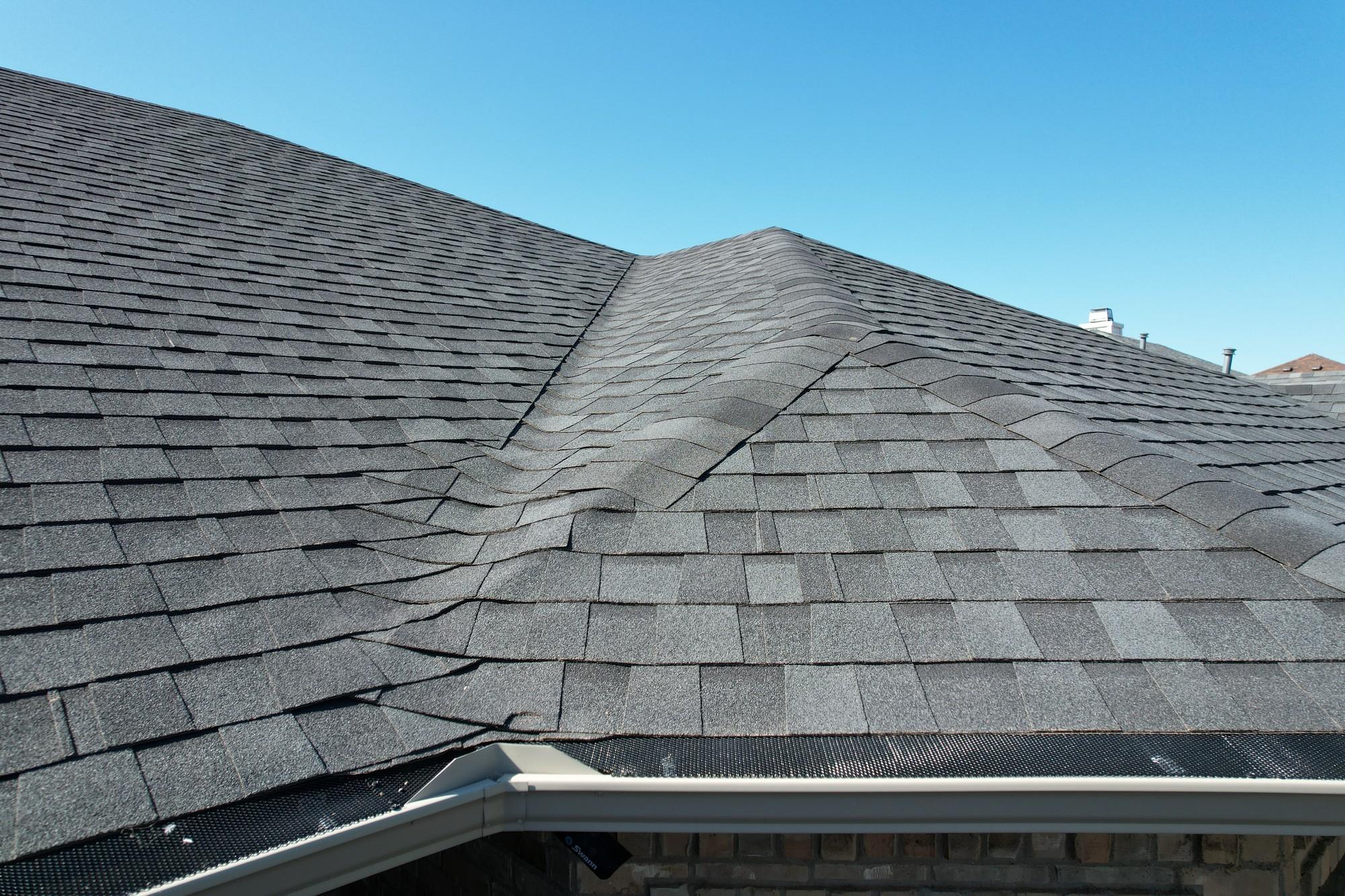Drones or unmanned aircraft, offer a non-intrusive and efficient way to assess the condition of a roof from the air. There are many advantages aerial inspections provide over traditional industry methods such as:
No Foot Traffic: When you use a drone, there is no need for personnel to physically walk the roof. This eliminates the risk of shingle damage during extreme temperature conditions, especially if the shingles are hot or vulnerable due to their age or deterioration.
Aerial View: Drones provide an aerial view of the entire roof, allowing inspectors to examine the roof’s surface, gutters, chimneys, vents, and other components without setting foot on the structure. This comprehensive view can help qualified personnel identify a full range of possible issues.
High-Quality Imagery: Modern drones are equipped with high-resolution cameras and sensors, which can capture detailed images and videos of the roof. This visual data can be reviewed in real-time or later, providing a clear and accurate record of the roof’s condition.
Access to Hard-to-Reach Areas: Some sections of a roof are difficult to access safely on foot, such as high loft chimneys, and especially steep or elevated slopes. Drones can easily navigate these areas, providing close-up views and detailed inspections without risking human safety.
Continued Workflow: Crews are routinely removed from rooftops when temperatures soar. This is done for personnel safety, and to reduce the risk of roof damage that could result from foot traffic. Drones offer a solution to continue inspection workflow in these high temperatures, with no risk to personnel or the underlying structure.
Minimal Disruption: Roof inspections using drones are relatively quick and require minimal setup, as opposed to the clean-up associated with setting up ladders or scaffolding following a manned inspection. This means less disruption to the occupants of the building.
Safety: Roof inspections can be dangerous due to the risk of falls and accidents. Drones eliminate this risk entirely, keeping inspectors safely at ground level while providing valuable information.
Cost-Efficiency: Utilizing a drone to perform aerial roof inspections in the long-term can provide cost savings from avoiding potential roof damage, injuries, and substantial time savings over traditional manned roof inspections.
However, it’s important to note that while drones offer significant advantages, they do have limitations. For instance, drones might not be suitable for inspections in low visibility conditions, and their effectiveness can be limited if the roof’s surface is obstructed by debris or overhanging vegetation.
In summary, using a drone for a roof inspection can be a practical, efficient, and cost-effective way to assess a roof’s condition without risk to personnel. It enhances safety, reduces the risk of damage, and provides detailed visual data to make informed maintenance decisions.

